Nothing could be simpler than to select plants for the garden that bloom in April and May, unless you are utterly confused by the wealth of choices. Walk through your local garden center this weekend and there are dozens of blooming plants, for sun or shade, wet areas or dry, that grow ankle high or tall as a house. Planning for blooms in late summer and through the fall is a bit more of a challenge, but May is easy.
If you are looking here for recommendations I should say first that if you see it in my garden then it’s a safe bet that a plant is sturdy and low care. I don’t spray pesticides, never fertilize, don’t use a bunch of compost or topsoil when I plant, and rarely water except when I first plant. I don’t do finicky, or at least finicky plants are usually a lot tougher than they’re given credit for. Most of the trees and shrubs featured over the past weeks are growing with little care on my part, and the same is true for the perennials that you’ll see here today.
I have perennials jammed into every corner and crevice of the garden, and many are particularly well suited for this duty, taking only the space they are offered. Others are more aggressive, and of course should not be planted where space is tight, or where they will have the opportunity to overrun their neighbors.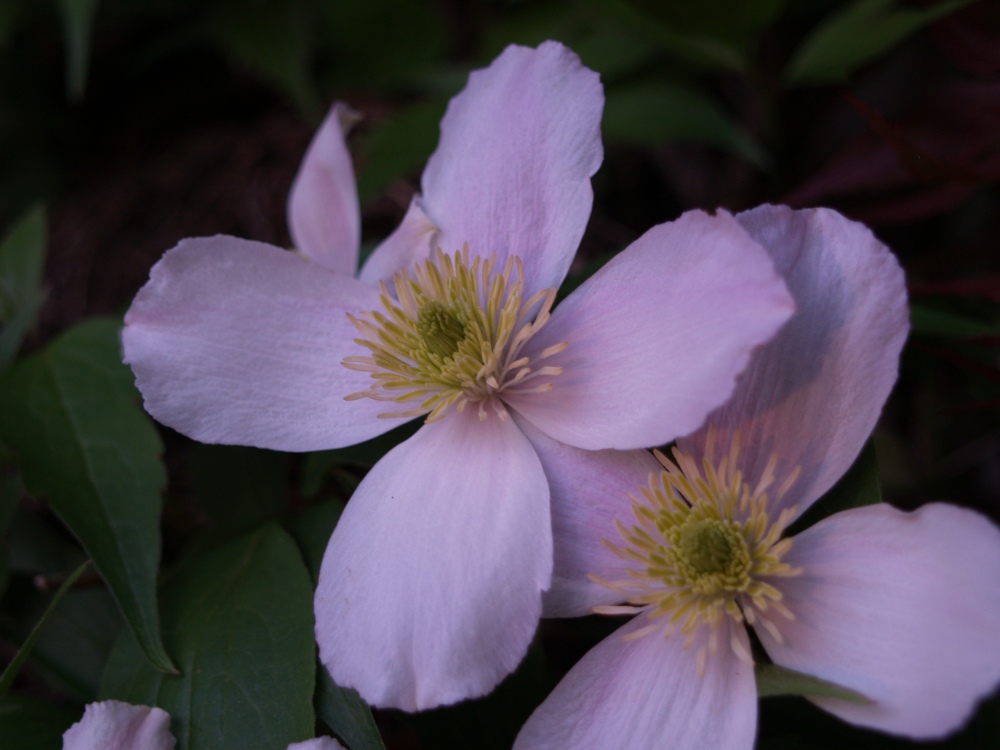
Clematis montana ‘Rubens’ (above) grows with the vigor of a weed, and surely will engulf any plant that stands in its way, but to cover a tall lattice or an arch over a garden gate there are few vines that are superior without growing to be pests. By comparison to wisteria and akebia, both supremely beautiful but troublesome in their aggressive behavior, Clematis ‘Rubens’ can be managed and is exquisite when covered in light pink blooms in early May. I would not imagine that I would allow this quick growing clematis to twine through shrubs, lest it cover them like kudzu, but most clematis are more mannerly, and are ideal for climbing through the branches of a large nandina (photo at top of page) or viburnum.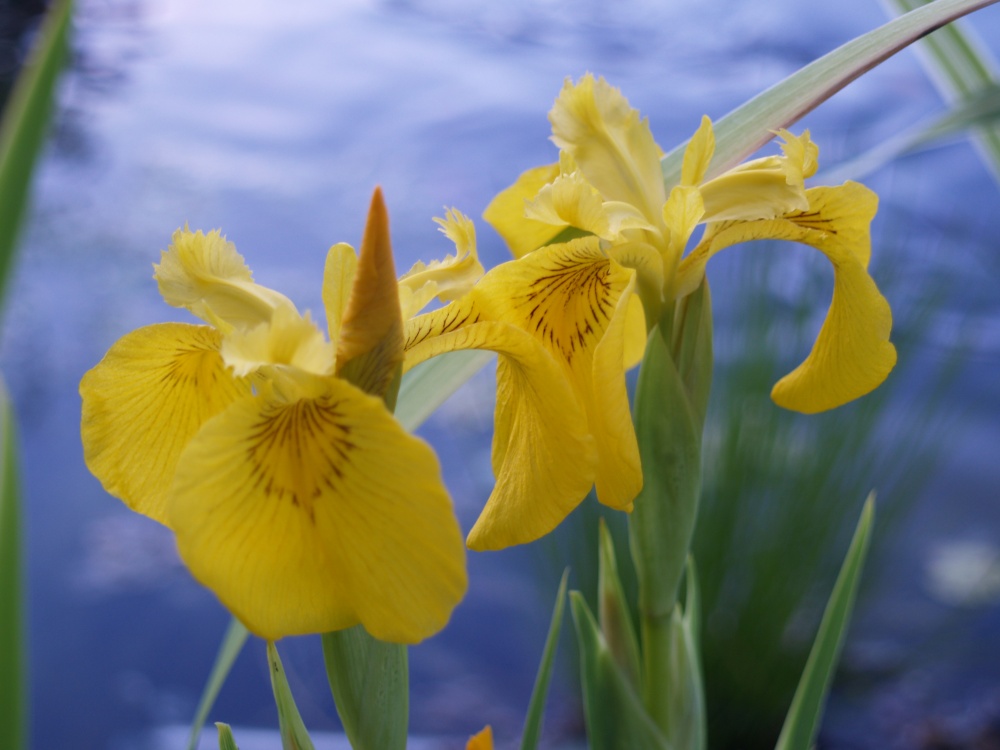
The yellow flag iris (Iris pseudacorus, above) is reviled as potentially invasive in natural waterways, but in the confines of the closed system of a garden pond, where water and roots are retained by a rubber membrane, I have found that it stays put without any effort and spreads at a moderate pace. Yellow flag grows in several of my ponds, confined by large plastic tubs in the small ones, but allowed to roam freely in the shallows of the gravel bog filter of the large swimming pond. Over several years I have not had to prune to keep it within bounds, though I would presume that it would grow more rapidly in soil rather than the small chips of bluestone gravel of the bog filter.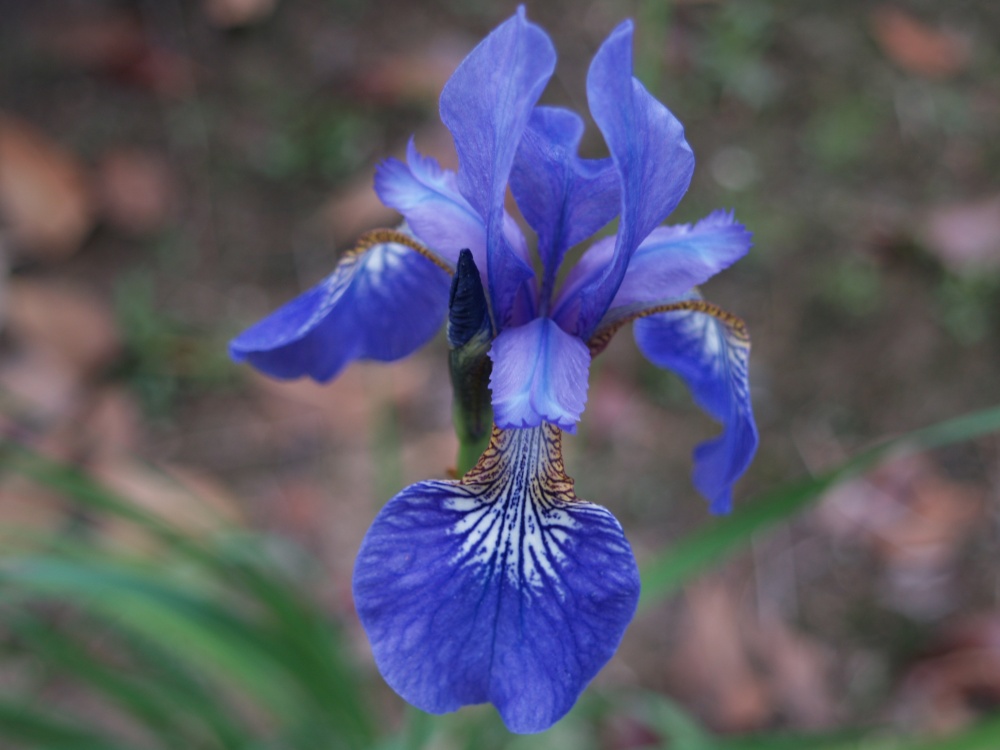
I have also planted varieties of Japanese (Iris ensata) and Siberian iris (Iris sibirica) in the shallows of the ponds, and in ground that is perpetually damp due to a spring. Contrary to reports that these are finicky, I have found that in standing water and damp soils they are trouble free, and their clumps steadily increase in width. I don’t grow bearded irises due to the threat of iris borers, though their flowers are unsurpassed, but Japanese and Siberian iris are sufficiently splendid for me. The Siberian iris ‘Cesar’s Brother’ (above) is blooming in the damp swale today, but it will be a few weeks longer before the Japanese iris are in flower.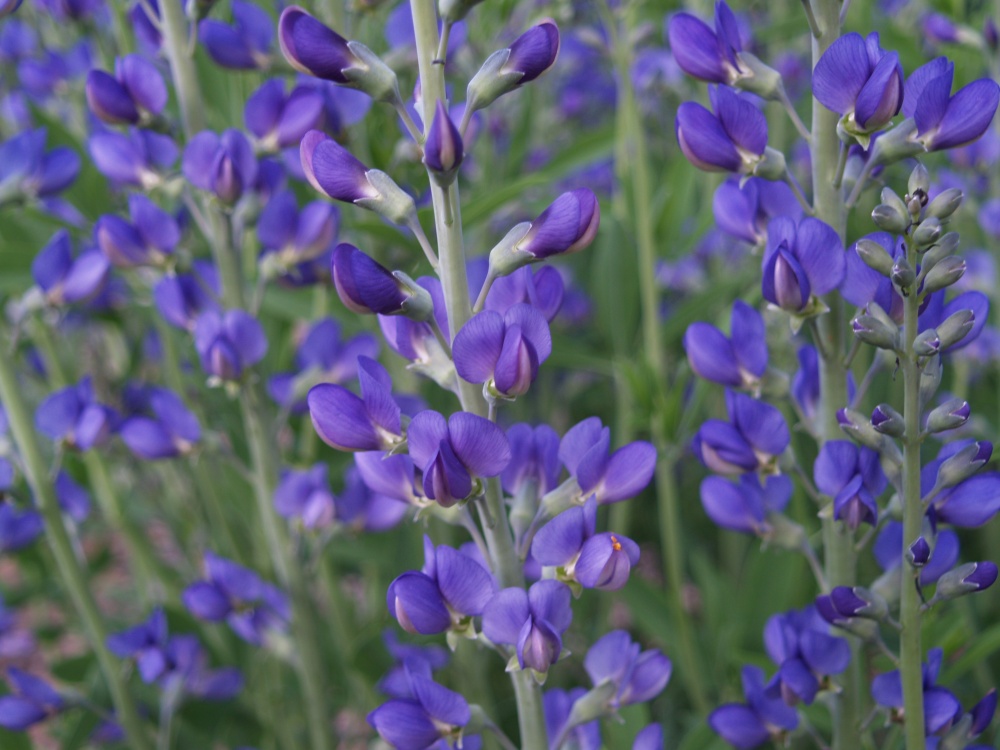
Only a few paces away, on the back side of the swimming pond the sloping subsoil excavated in digging the large hole dries out quickly in the summer sun, and is probably not well suited to grow many fine perennials. Fortunately, I have planted blue false indigo (Baptisia australis, above) in this forbidding ground, the Perennial of the Year, and it easily endures this difficult circumstance. This bullet-proof perennial has tall spikes of blue, pea-like blooms, blue green foliage that doesn’t wilt or stress in summer’s heat, and interesting large seed pods that are often used for flower arrangements.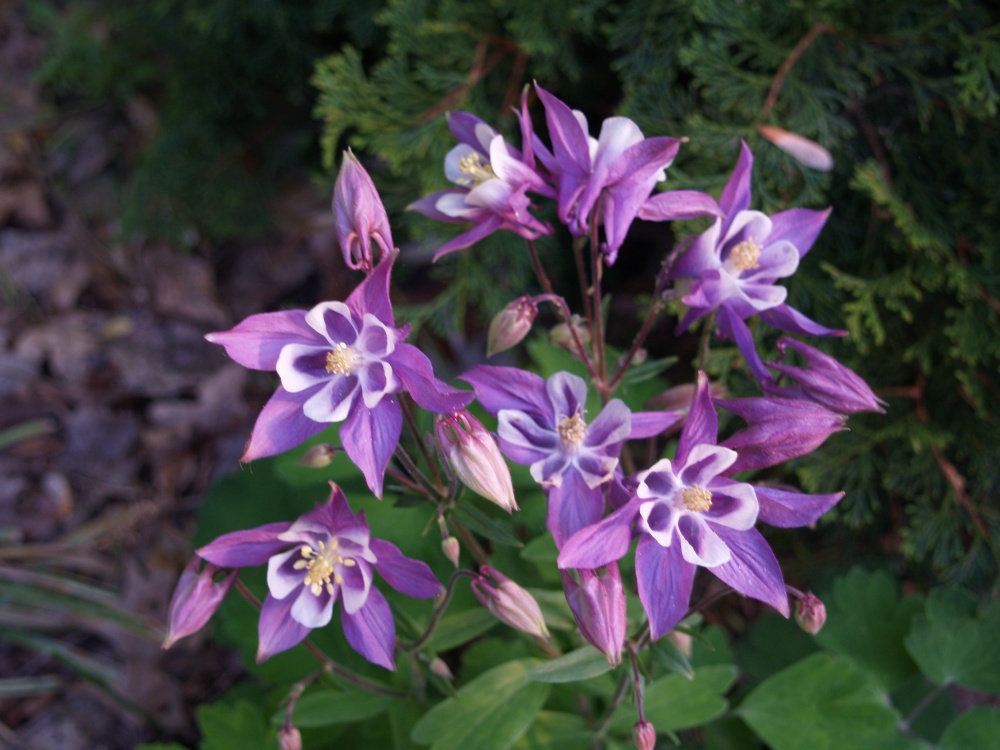
Baptisia has begun to bloom only since the start of May, but Columbines (above) and the dark foliaged perennial geranium ‘Espresso’ (below)have been blooming since the middle of April. I appreciate both because they have a mannerly way of seeding in just the right open spots and poking their blooming heads out from under the roses where it is difficult to weed without losing blood. If there should be a time when you would determine that you have a sufficient number of these treasures, they are easily plucked from the ground, roots and all.
Over the years I have tended to plant salvias in spaces between larger plants where their neighbors will eventually grow wide, so that the purple spikes (Salvia ‘May Night’, below) are forced to grow nearly horizontally to reach the sun. I have lost a plant or two (probably more) before I have liberated the salvias to more open spaces, but these tough May blooming perennials are a favorite, and regularly are moved here and there to fill the area between shrubs or evergreens.
There are more blooms today (bleeding hearts, catmint, and others), and in a few days the peonies will begin to bloom (the bud is beginning to crack open) and then the tree lilac, which I expect to bloom within the week, and then …. Well, we’ll not jump ahead. There will be plenty of blooms to keep us entertained for the remainder of the month.